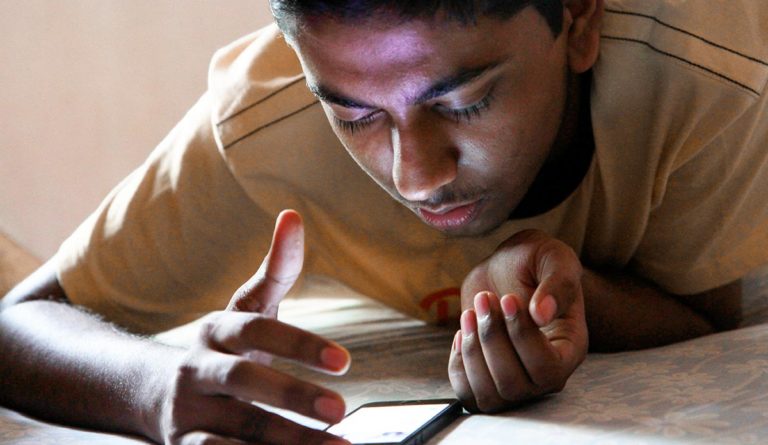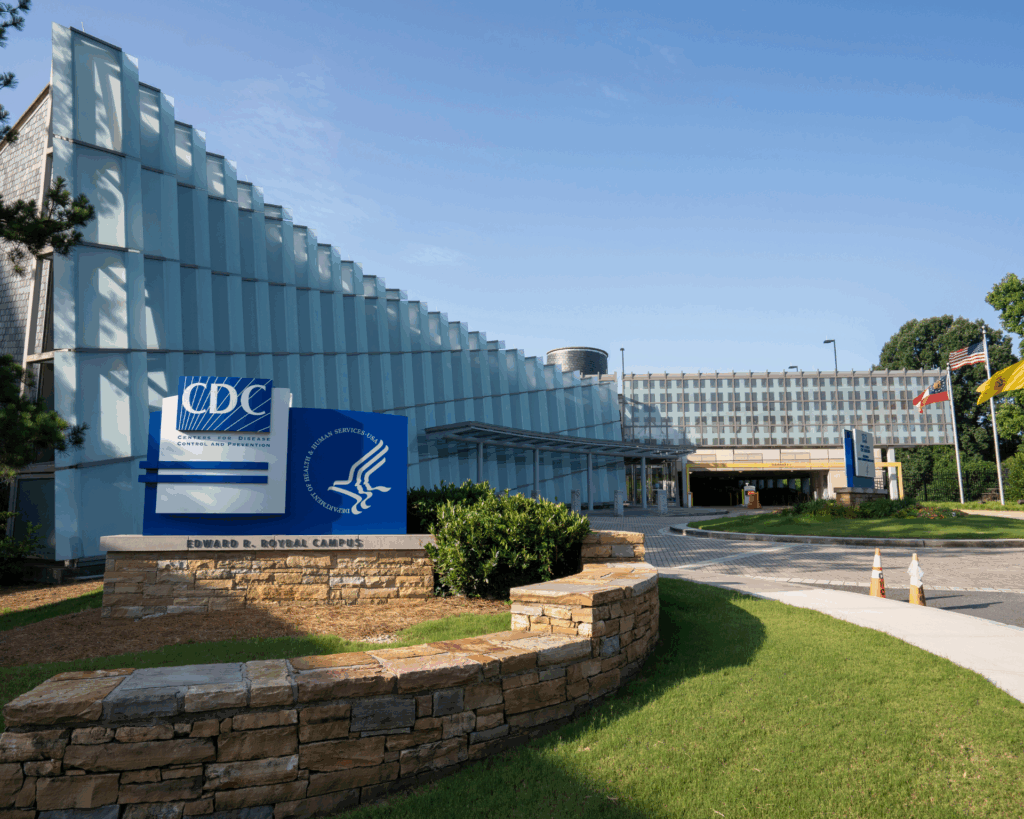Prioritizing Adolescent Health
According to the WHO, adolescents make up around one fifth of most countries’ population. Investing in adolescent health can be both impactful and cost effective for generations to come.

Read Time: 3 minutes
Published:
In 2014, the World Health Organization declared the age of adolescence—the “second decade”—a decade in which health initiatives must be prioritized. “Progress has been made in generating interest and commitment for adolescent health,” says their Health for the World’s Adolescents report. “However, the increased concern has frequently not been transformed into action.”

According to the WHO, adolescents (ages 10 to 19) make up around one fifth of most countries’ population. They are important contributors to social change and economic development. Their health (or lack thereof) sets the stage for future indicators of progress. And while adolescence can be one of the healthiest time periods in a person’s life, the most common causes of adolescent deaths—traffic accidents, lower respiratory infections, suicide, diarrheal diseases, and drowning—are preventable or treatable.
Adolescents are at a particularly vulnerable stage of their lives; they are highly sensitive to outside risk factors like abuse, substance use, and violence. Their propensity for risk-taking along with their lack of experience and knowledge leaves them particularly vulnerable to dangers like addiction, sexually-transmitted infections (STIs), suicidal behavior, traffic accidents, violence, and gang involvement. This time period is also when most mental health disorders manifest. These health risks are then carried into adulthood.
On the flip side, adolescence is also a time when protective factors can have strong positive effects on outcomes in adulthood. Youth are shaping their worldviews and developing personalities, exploring their sexualities and establishing their values. This means that interventions that support healthy, supportive explorations of issues around sexuality, sex, informed consent, healthy relationships, nutrition, self-confidence, and skill building can be both impactful and cost effective.
Both biological and social sciences have gained a vastly improved understanding of adolescent health and development in recent years. We now know that the adolescent brain develops until early adulthood—some have even found evidence that our brains are not fully mature until around age 25. A deeper understanding of the complex interplay between cognitive, emotional, and behavioral processes can inform interventions that tackle adolescent risk-taking behavior. As Dr. Laurence Steinberg, adolescent expert and professor of psychology at Temple University, explained in his pivotal 2005 study, ““the developments of early adolescence may well create a situation in which one is starting an engine without yet having a skilled driver behind the wheel.”

The Lancet responded to the WHO’s call to action in May 2016. They published a Commission “on adolescent health and wellbeing,” in which prominent figures such as UN Secretary General Ban Ki-moon, Melinda Gates, and Chair of the Commission and adolescent health expert George Patton weighed in on the importance of elevating research and practice concerning adolescent health. While the initial WHO report had drawn attention to a lack of action, the Lancet’s May 2016 issue showed results: in April 2017, the journal released a call for papers for a new journal, The Lancet Child & Adolescent Health.
“Investing in adolescents will yield a triple benefit,” concluded the commission, “Today, into adulthood, and the next generation of children.”
Feature image: Pabak Sarkar, smartphone teen, used under CC BY 2.0. Infographics (detail) from The Lancet Adolescent Health and Wellbeing



